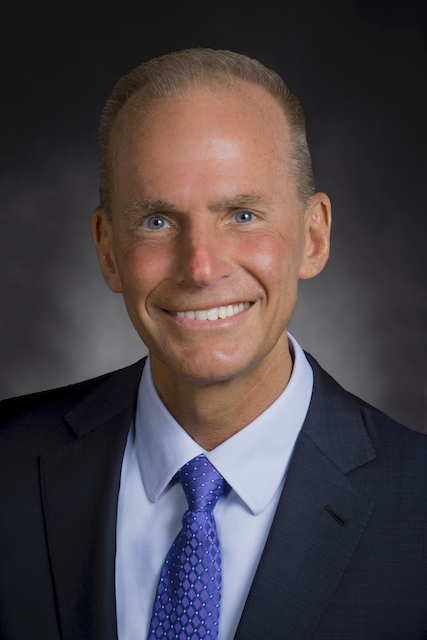‘NYT’ Takes a Closer Look at Boeing’s Crisis Response

Our recent post on the massive crisis at Boeing focused on the company’s refusal to ground its 737 Max airplanes after two had fatally crashed just months apart. A New York Times piece yesterday gives us additional insight (not positive) into the company’s response, as does a closer look at its statements early in the crisis.
The Times story’s print headline (“Boeing Appeared to Be Caught Off Guard as a Public Outcry Grew”) and online headline (“As Boeing Confronted a Swelling Crisis, It Had Little to Say”) together give a good summary of the situation. A paragraph up top provides a succinct tour of the company’s crisis response:
“[Boeing] issued brief statements, expressing sympathy and standing by its planes. It communicated quietly with the news media and government officials. And [CEO Dennis] Muilenburg stayed out of sight — his first substantial public comments came in the form of a statement released more than a week after the crash in Ethiopia — and to many observers, Boeing appeared to be caught flat-footed by the growing public outcry.”
This was pretty bad crisis communications. Early on, Boeing rejected any notion that the problem was with the Lion Air plane that crashed in Indonesia in October or the Ethiopian Airlines plane that crashed in Ethiopia on March 10. In fact, now the focus is pretty heavily on a potential software glitch that the company is fixing.
The Times piece, by David Gelles, touches on Boeing’s lobbying operation (the company spent more than $15 million lobbying in Washington last year, according to the Times), but that clearly hasn’t helped stanch the criticism.
Washington Coziness
Its Washington coziness may have hurt, because — as we noted in our first post on the crisis — Boeing’s impulse after the Ethiopia crash was to have CEO Muilenburg (pictured) call President Trump protesting that the planes were safe and asking that they not be grounded (which they eventually were).
Boeing’s response got stronger once it hired an outside consultant (Sard Verbinnen), according to Gelles. That’s when Muilenburg released “his first substantial public comments” (and video) that the Times mentioned and also took out full-page newspaper ads.
Early on, Boeing’s statements were begrudging, which is one reason it’s receiving so much flack.
On the day of the Ethiopian Airlines crash, Boeing put out an 81-word statement, which said it was “deeply saddened,” extended its “heartfelt sympathies,” and announced it was sending a technical team to the crash site. That wasn’t much.
Longer Statement
The next day, March 11, it issued a much longer statement that was defensive and riddled with jargon. “The 737 Max is a safe airplane that was designed, built, and supported by our skilled employees who approach their work with the utmost integrity,” it said.
This release wasn’t for the layperson, what with references to “angle of attack inputs,” “stabilizer trim commands,” “elevator authority,” and “pitch augmentation control law.” In fact, it was so technical it’s not clear who the intended reader was.
On Tuesday this week, CEO Muilenburg issued another statement. “We are all humbled and learning from this experience,” he said.
He should be humbled not just by the tragic accidents, but by his company’s response to them.
Photo Credit: Boeing
This is an abridged version of an article that appeared today on the CrisisResponsePro paid subscription portal. (CrisisResponsePro subscribers can access the full version by clicking here. ID and password are required.) To take advantage of all of the content, data, and collaborative resources CrisisResponsePro has to offer, contact us at signup@crisisresponsepro.com.




 Back to Blog
Back to Blog